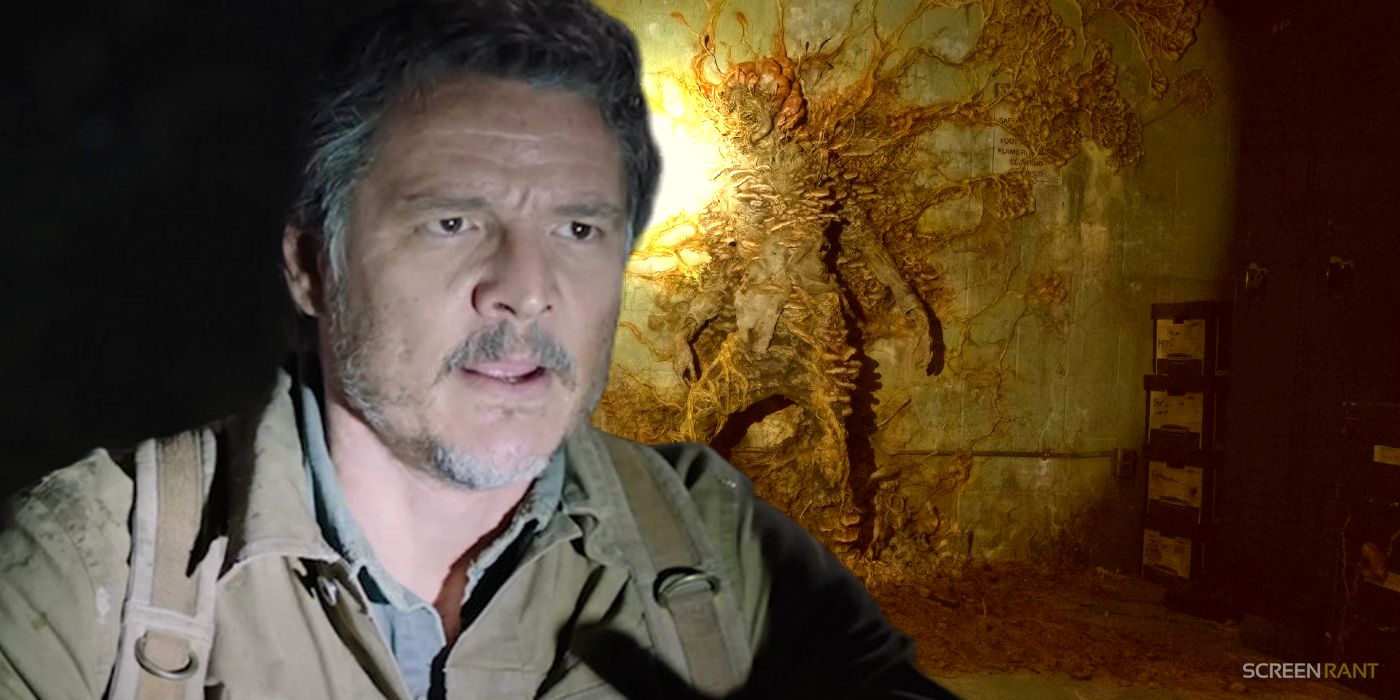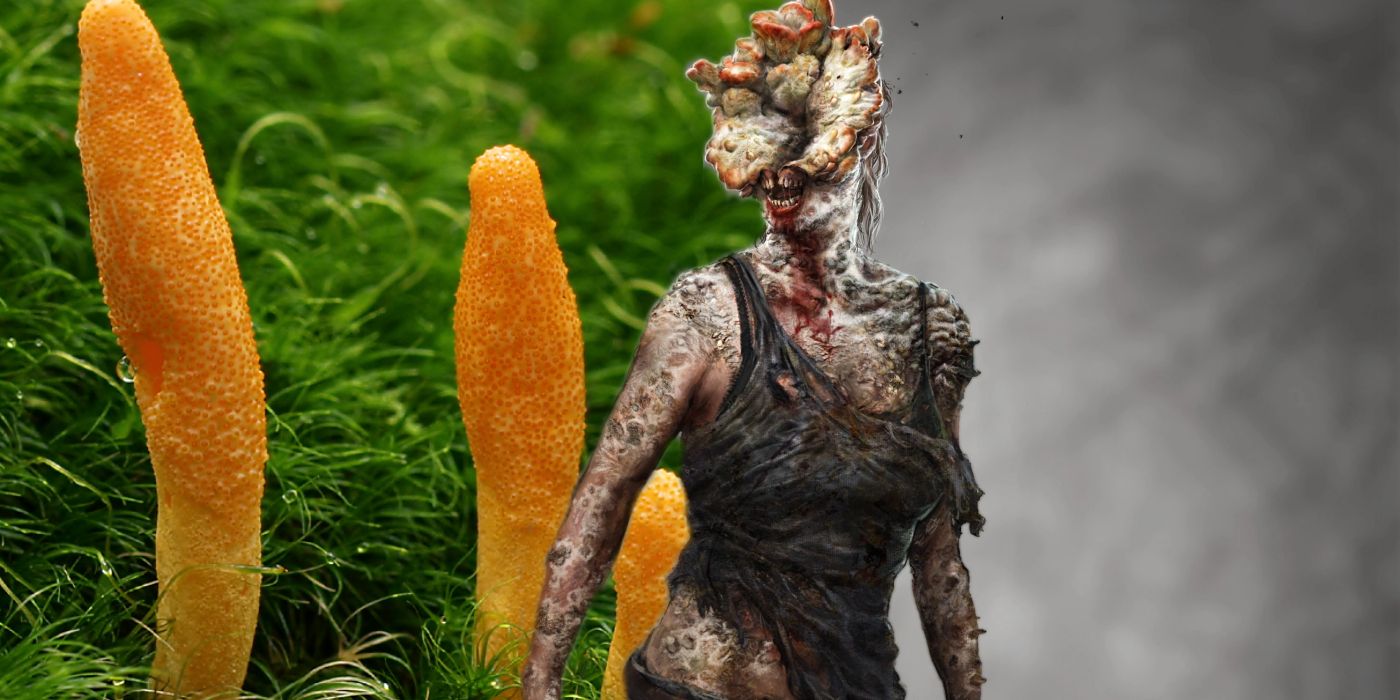The Last of Us episode 1 contains one large element expected from the games, the outbreak of the Cordyceps brain infection, all the while revealing the origins of the disease that the source material only touched on. The Last of Us is based on the game of the same name and tells the story of Joel and Ellie, two survivors thrust together in the post-apocalyptic United States. The country, and the rest of the world, has been decimated by a disease known as the Cordyceps brain infection.
In the opening scene of The Last of Us episode 1, two scientists are shown on a talk show from the 1960s, deliberating over what they think could pose the biggest threat to mankind's existence. One of the scientists in HBO's The Last of Us states that he thinks fungal infections could jeopardize the fate of humanity over bacteria and viruses. This scene then goes on to delve further into the Cordyceps infection in a way the game did not, by explaining its origins beyond what was known in the game.
What Exactly Are Fungi Cordyceps?
In both the real world and the world of The Last of Us, Cordyceps is a genus of fungi that contains over 600 different species. Most variants of Cordyceps are parasitic in nature and prey mainly on insects. Cordyceps are largely found in Asia and thrive in tropical jungle environments and humid temperatures. The Last of Us episode 1 shows that Cordyceps began infecting humans around 2003 and made them volatile, looking only to spread Cordyceps by infecting other humans. This decimated humanity across the globe and meant that any surviving pockets were cornered into militaristic quarantine zones later in The Last of Us' timeline.
In The Last of Us episode 1, Tommy explains that it is mostly people in the city that are affected by the outbreak. This could likely come from a similar means of infection that the games introduced. This was by contaminated crops holding the virus being spread across the globe, causing humans to become infected. While the game stated that Cordyceps originated in South America, the real-life Cordyceps largely being found in Asia could mean this was changed. An interesting element of The Last of Us episode 1 is the news on Joel's radio, which states that continued disturbances in Jakarta have been ongoing.
Jakarta is confirmed by Sarah to be the capital city of Indonesia. Indonesia is a country in the southeastern area of Asia, meaning HBO's The Last of Us could add important scenes to change it so that the initial outbreak began in Asia, where Cordyceps are most commonly found. This would make sense both in terms of real-world facts and the world of The Last of Us, through this subliminal foreshadowing on Joel and Sarah's radio.
The Last Of Us' Virus Infected Humans Because Of Global Warming
The aforementioned opening scene of The Last of Us episode 1 establishes how the Cordyceps virus began to infect humans, something that is not necessarily explained on the same level in the game. The scientist who believes fungal infections could be dangerous to humans is met with the argument that most parasitic fungal infections cannot survive in the warm temperatures of the human body. This explains why most fungal infections, such as Cordyceps, target insects and other arthropods due to their cold-blooded nature.
However, the scientist - an original character for The Last of Us - states that if the world as a whole was to heat up, fungi groups across the world could mutate. Due to the hypothetical - at least in 1968 - rise in the Earth's overall temperatures, fungi like Cordyceps could evolve in order to survive higher temperatures. Once The Last of Us episode 1 flashes forward to 2003, the Cordyceps outbreak occurs. This means that, in the time between 1968 and 2003, the Earth has heated enough due to global warming to allow the Cordyceps genus to mutate and begin infecting humans. This leads to the Cordyceps infection affecting humans on a global scale, in ways that both the HBO Max show and the original game make clear.
Everything The Last Of Us Games Explain About The Virus
In terms of the original games, The Last of Us Part I does not explain that the Cordyceps genus mutated due to global warming. The game explains the origins of the infection as the Cordyceps mutation being present in crops such as wheat and other food products. These contaminated items were then shipped worldwide, with the humans that ate them becoming infected by the parasite. A newspaper that can be found in Joel and Sarah's home reads that infection rates have risen by 300% due to imported crops from South America.
After the initial outbreak on September 26th, 2003, roughly 60% of humanity was either infected with the Cordyceps brain infection or killed by it. One thing that both The Last of Us video games delve deeply into is how the infection affects humans. The games reveal that the Cordyceps virus has four stages of severity. The first stage, which begins showing in humans 24-48 hours after first contact with Cordyceps, states that infected humans lose their higher brain function and humanity altogether. This causes the patient to become hyper-aggressive, incapable of any rational thought they once had.
The second stage of infection begins two weeks after the initial infection. According to the games, stage two sees fungal growth beginning on the heads of the victims, altering their eyesight through the corruption of the visual cortex. Around a year after infection, stage three of the virus is said to take hold. Stage three is when the Cordyceps fully blinds its host, with said host developing a form of echolocation to compensate for their lack of sight, becoming The Last of Us' iconic Clickers. Stage four, though said to be increasingly rare in the world of The Last of Us, takes place over a decade after the initial infection.
Stage four sees infected humans gains hardened plates of fungi all over their body, making them borderline impenetrable. After the host is killed, the fungi create projectiles that can release infectious spores of Cordyceps into the air. These spores are one of the ways that the infection can be transmitted aerially, with survivors needing to wear gas masks to avoid this.
The other, primary way of infection comes from bites. Due to the infected humans' more volatile nature, they look to spread the virus by biting non-infected humans. If The Last of Us episode 1 is anything to go by, it is clear that HBO is not adapting The Last of Us exactly but is at least closely following the game in terms of the Cordyceps outbreak, all while adding new elements that the game did not disclose.
New episodes of The Last of Us release every Sunday on HBO.




